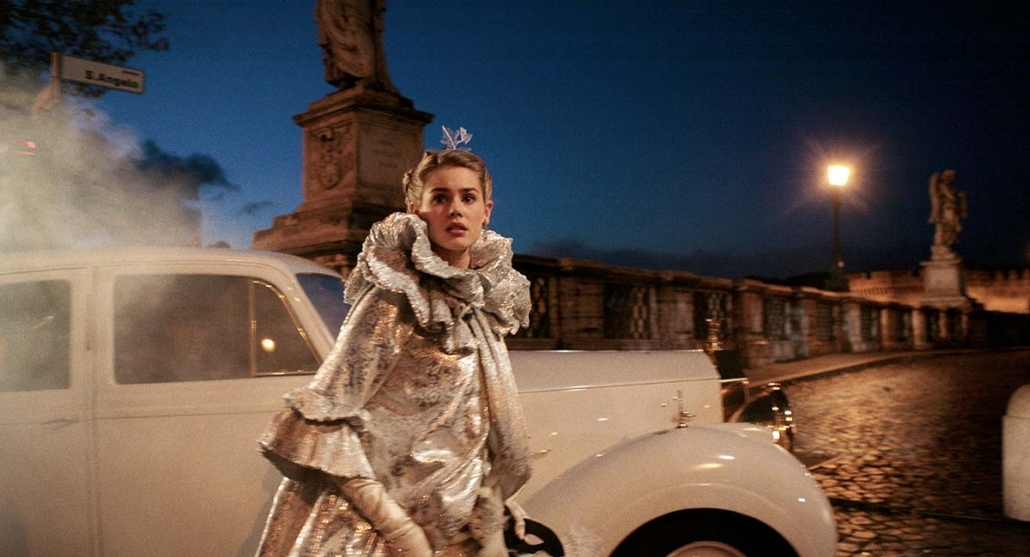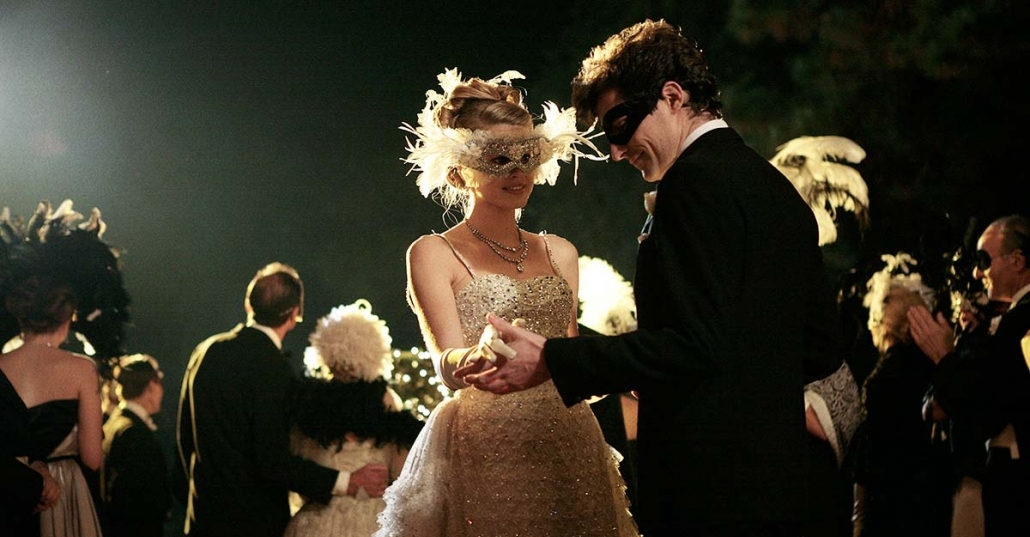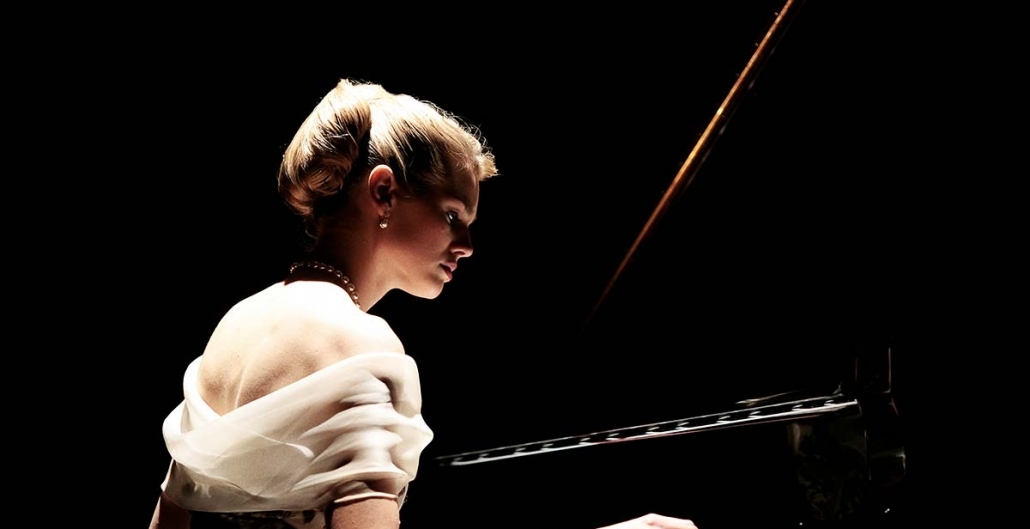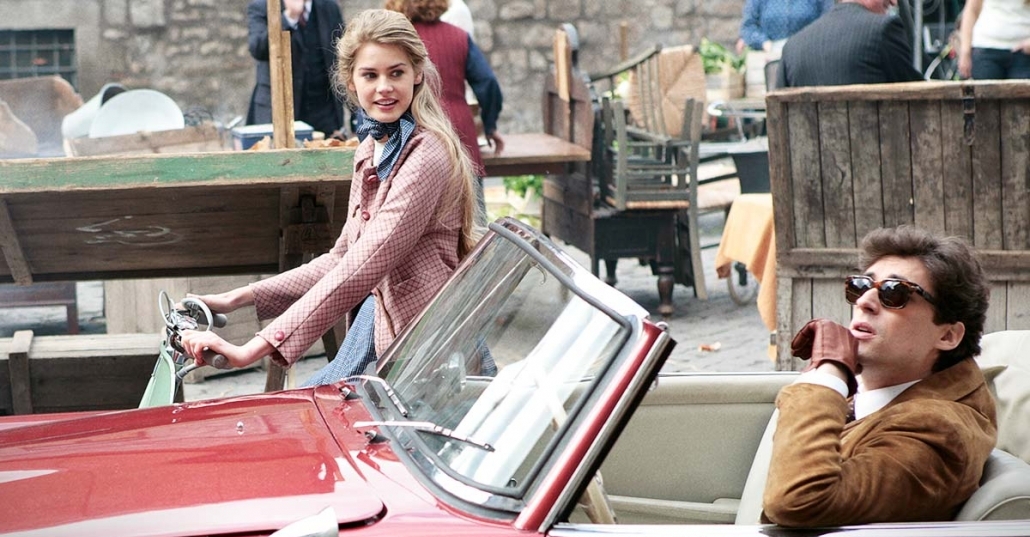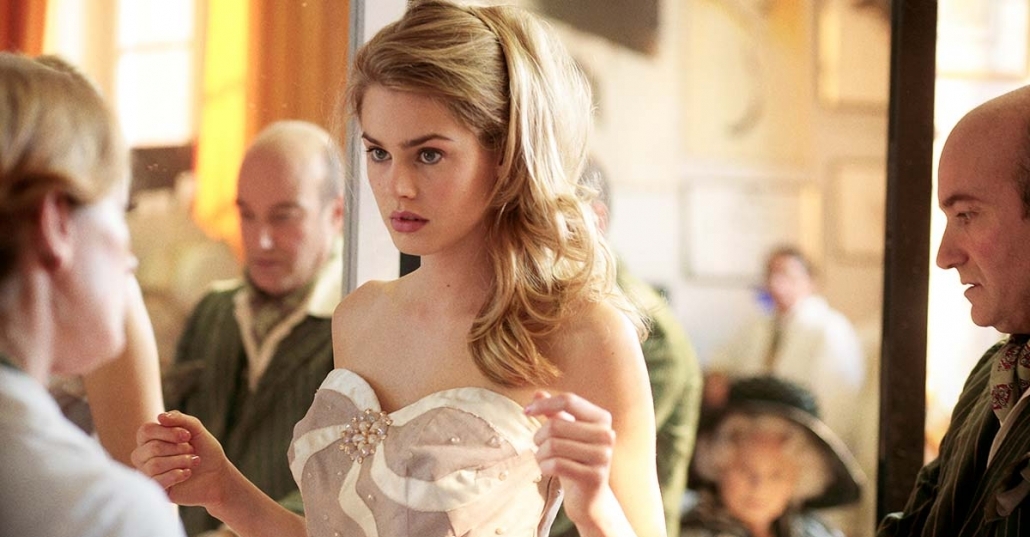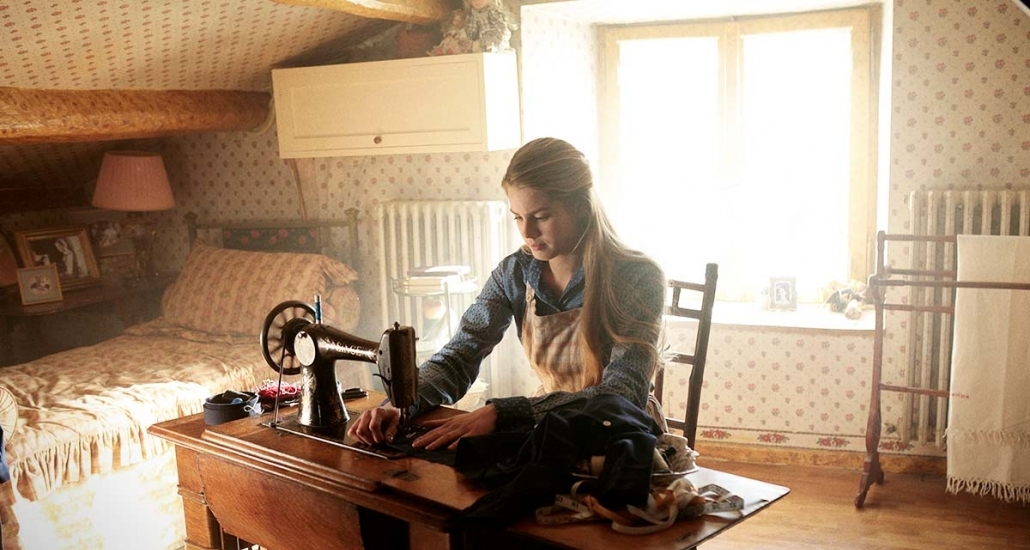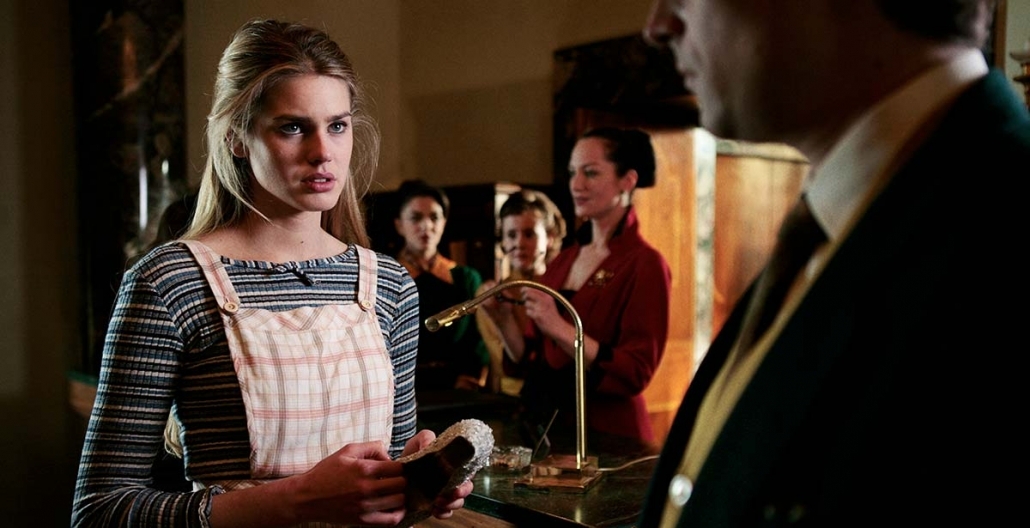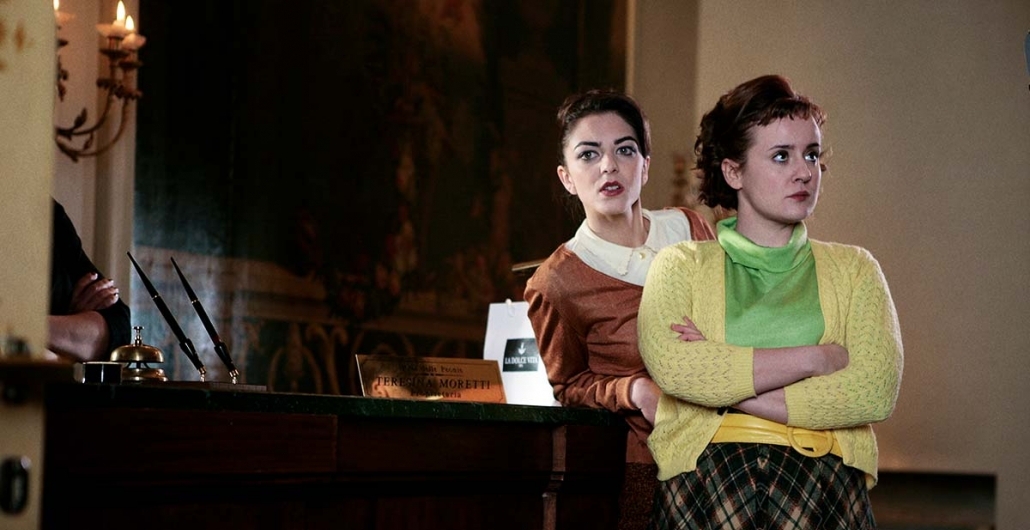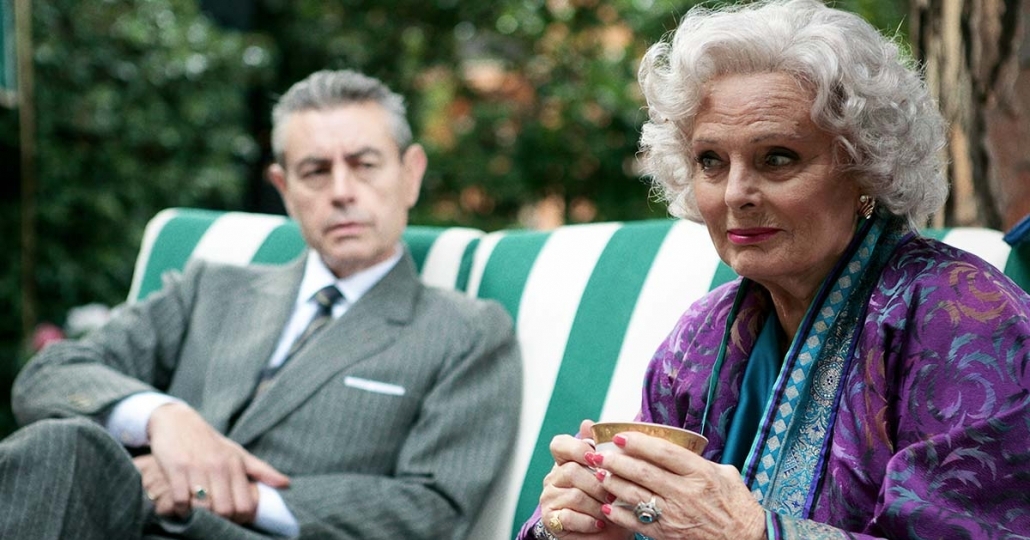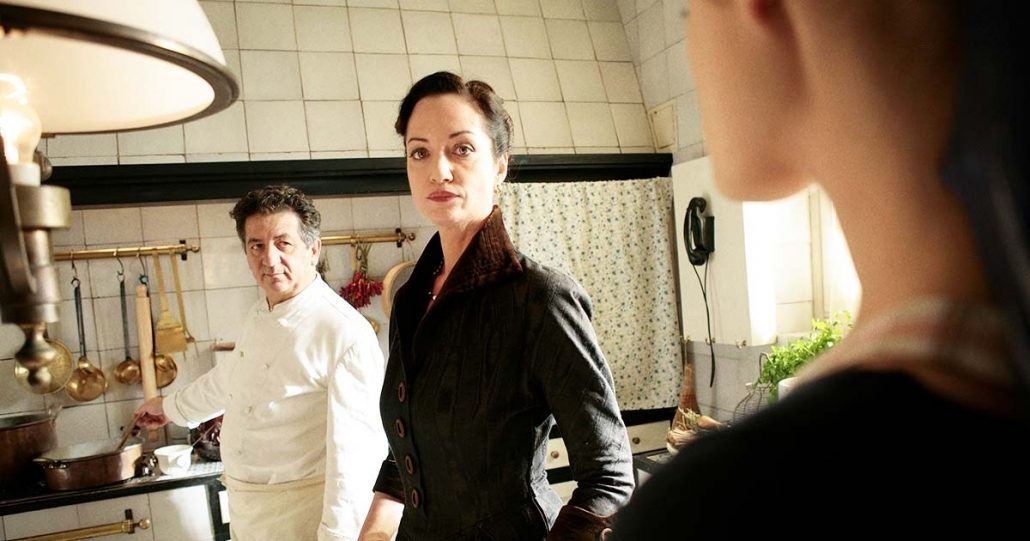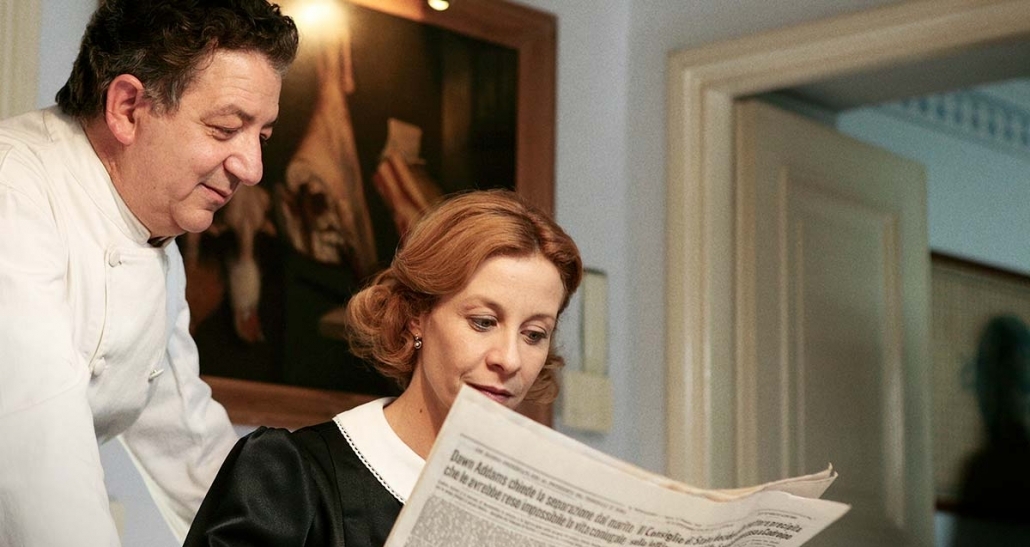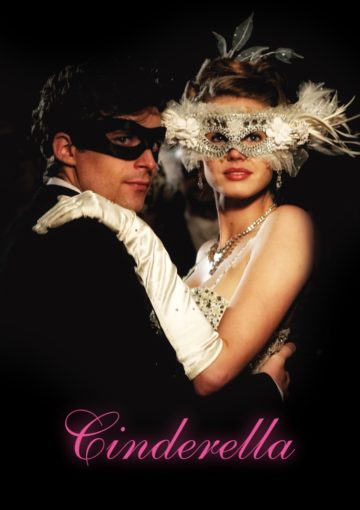
Synopsis
Cinderella is a timeless classic to which we are going to bring a modern spin, while keeping firmly in mind the love and care the source material requires. Our story will unfold in mid-1950’s Rome, a giddy time of renewal for the city, filled with romanticism and spanning the threshold between our modern world and that of the past. We will treat our tale with familiar elements that will at once be recognizable to our audience, at the same time presenting them a visual style that will excite and enthrall – while also keeping it firmly rooted in romance and its magic.
The first post-WWII decade in Rome was an exciting time of rebirth for a city and people who had weathered many a storm. Similar to Cinderella – who, faced with brutal adversity, discovers her destiny and finds true love – the mid-50’s were a time when not only Rome, but also the world at large, embraced a renewed prosperity and lust for life. Although the famous film, La Dolce Vita (The Good Life) was a few years away – Romans had already coined the phrase. It was a time when TV was making a strong emergence and would grow into a worldwide phenomenon, revolutionizing the culture. ‘The paparazzo’ (an Italian invention) was catching the glamour of celebrities and excitement of new wealth that were sweeping Rome.
Using references such as Pretty Woman to find a strong modern take to our story, a visual style that will pay homage to Baz Lurhman’s Moulin Rouge, and the sheer romanticism of Shakespeare’s Romeo and Juliet – our Cinderella will be infused with a romantic drive, a rich canvas on which our tale will unfold, and enough twists and turns to keep the audience truly entertained.
A Tale to Tell
Our story begins with Aurora as a budding teenager and a pianist. She lost her mother at her birth, but has the enduring love of her well-known conductor father, Valerio. Bringing the same passion, commitment and devotion to his beloved daughter as he does to his music, Valerio marries Aurora’s governess, Irene, hoping to give his daughter a new family. As fate would have it, Aurora accidentally ventures into the estate next door and meets a mysterious neighbor, Sebastian. A few years older than her, he seems to be her soul mate — a sensitive boy, who dreams to be a writer one day. Feeling that deep connection, Aurora falls in love for the first time. But the magic of the moment is brutally interrupted when Valerio has a heart attack and dies, unaware that he made a grave mistake by trusting Irene with his last will, which was supposed to protect Aurora.
The girl’s resolve is truly tested when she realizes that Irene and her two selfish daughters have no intention of treating her like an equal. Soon after Valerio’s death, Irene turns his villa into a boutique hotel and forces Aurora to work there as a servant. The prospect of seeing Sebastian again is also cut short when Aurora finds out that he and his family left the estate for good. As the misery of her new life fully sinks in, Aurora clings to her music and the precious memories of meeting Sebastian. A copy of his beloved book, The Little Price, which he gave to her during their magical encounter, becomes her best companion and emotional anchor until…
